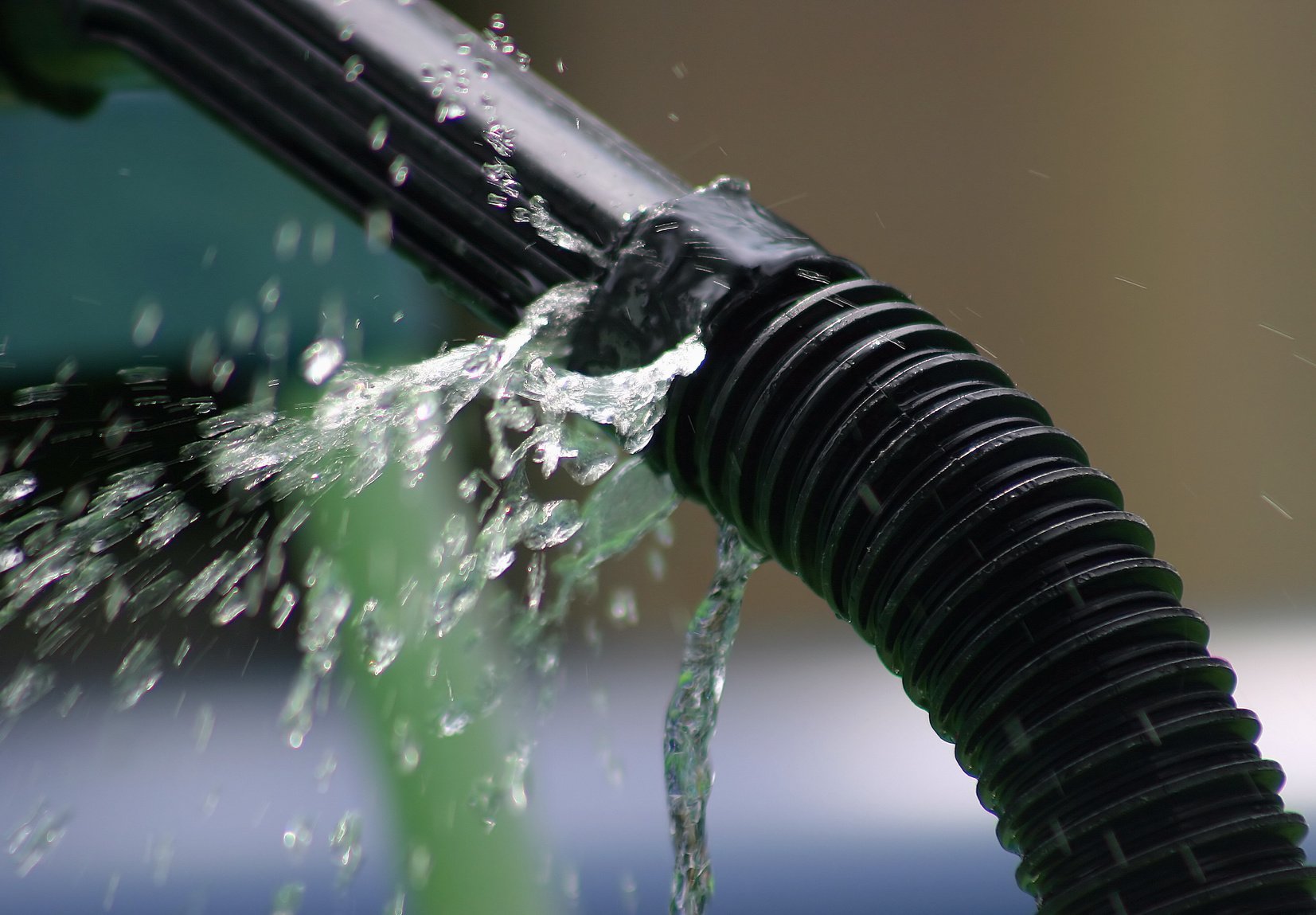The Six Most Common Water Leaks in Your Home: Causes and Solutions
The Six Most Common Water Leaks in Your Home: Causes and Solutions
Blog Article
How do you feel when it comes to How to Find Water Leaks?

Leakages not only create waste of water yet can likewise cause unneeded damage to your home as well as advertise unwanted natural growth. By recognizing as well as looking for everyday scenarios that create leaks, you can protect your house from future leaks as well as unnecessary damages.
Elbowing in roots
The majority of water leakages begin outside your home as opposed to inside it. If you observe a sudden decrease in water stress, say in your faucet, take time to head out and analyze your lawn. You could discover damp patches or sinkholes in your backyard, and that may imply that tree origins are invading water lines creating water to seep out. You can have your plumber check for breach, especially if you have trees or bushes near your building.
Corroded water systems
As time passes by, your plumbing system ages as well as deterioration such as corrosion may start gnawing the pipelines. This might be the root cause of staining or bending on your pipes. This calls for an assessment with your plumber immediately. Take into consideration changing the pipelines given that they are at a greater threat of corrosion than the newer designs if our plumbing system is old.
Defective Pipe Joints
The point at which your pipes attach is regularly the weakest web link in the waterline. Pipeline joints can degrade gradually, causing water leakages. The majority of pipeline joints are not conveniently noticeable. If you have noisy pipes that make ticking or banging sounds, particularly when the hot water is switched on, your pipe joints are probably under a great deal of pressure. It is recommended to have your plumber examine your system yearly.
Immediate temperature changes.
Extreme temperature adjustments in our pipelines can create them to broaden and get suddenly. This growth and tightening might create cracks in the pipes, specifically if the temperature level are below cold.
Poor Water Connectors
At times, a leakage can be triggered by loosened tubes and also pipes that provide your appliances. In instance of a water links leakage, you may see water running directly from the supply line or pools around your appliances.
Blocked Drains
Obstructed drains may be aggravating as well as inconveniencing, yet they can occasionally end up triggering an overflow bring about burst pipelines. Maintain removing any type of products that might go down your drains pipes that could block them to stay clear of such troubles.
All the above are root causes of leaks yet not all water leaks result from plumbing leaks; some leakages could originate from roof covering leaks. All leaks need to be repaired right away to stay clear of water damage.
Leaks not only cause waste of water however can also create unnecessary damage to your house and also advertise undesirable organic development. By looking as well as understanding for daily scenarios that cause leaks, you can shield your residence from future leakages and unneeded damages. Today, we will certainly look at six leakage triggers that may be creating your pipelines to trickle.
At times, a leakage can be created by loosened tubes as well as pipes that supply your home appliances. In instance of a water links leakage, you might see water running directly from the supply line or puddles around your devices.
How To Check For Water Leak In Your Home
How To Check for Leaks
The average household's leaks can account for nearly 10,000 gallons of water wasted every year and ten percent of homes have leaks that waste 90 gallons or more per day. Common types of leaks found in the home are worn toilet flappers, dripping faucets, and other leaking valves. These types of leaks are often easy to fix, requiring only a few tools and hardware that can pay for themselves in water savings. Fixing easily corrected household water leaks can save homeowners about 10 percent on their water bills.
To check for leaks in your home, you first need to determine whether you're wasting water and then identify the source of the leak. Here are some tips for finding leaks:
Take a look at your water usage during a colder month, such as January or February. If a family of four exceeds 12,000 gallons per month, there are serious leaks.
Check your water meter before and after a two-hour period when no water is being used. If the meter changes at all, you probably have a leak.
Identify toilet leaks by placing a drop of food coloring in the toilet tank. If any color shows up in the bowl after 10 minutes, you have a leak. (Be sure to flush immediately after the experiment to avoid staining the tank.)
Examine faucet gaskets and pipe fittings for any water on the outside of the pipe to check for surface leaks.
Undetected water leaks can happen without the home or business owner even realizing. If you suspect a water leak, but not able to find the source. It is time to contact a professional water leak detection service, The Leak Doctor.
How To Find a Water Leak In Your Home
https://www.leakdoctor.com/blog/How-To-Check-For-Water-Leak-In-Your-Home_AE197.html

As an avid person who reads about How to Find Water Leaks, I assumed sharing that piece was worth the trouble. Appreciated our blog posting? Please share it. Let others find it. I praise you for your time. Visit us again soon.
Book Today! Report this page